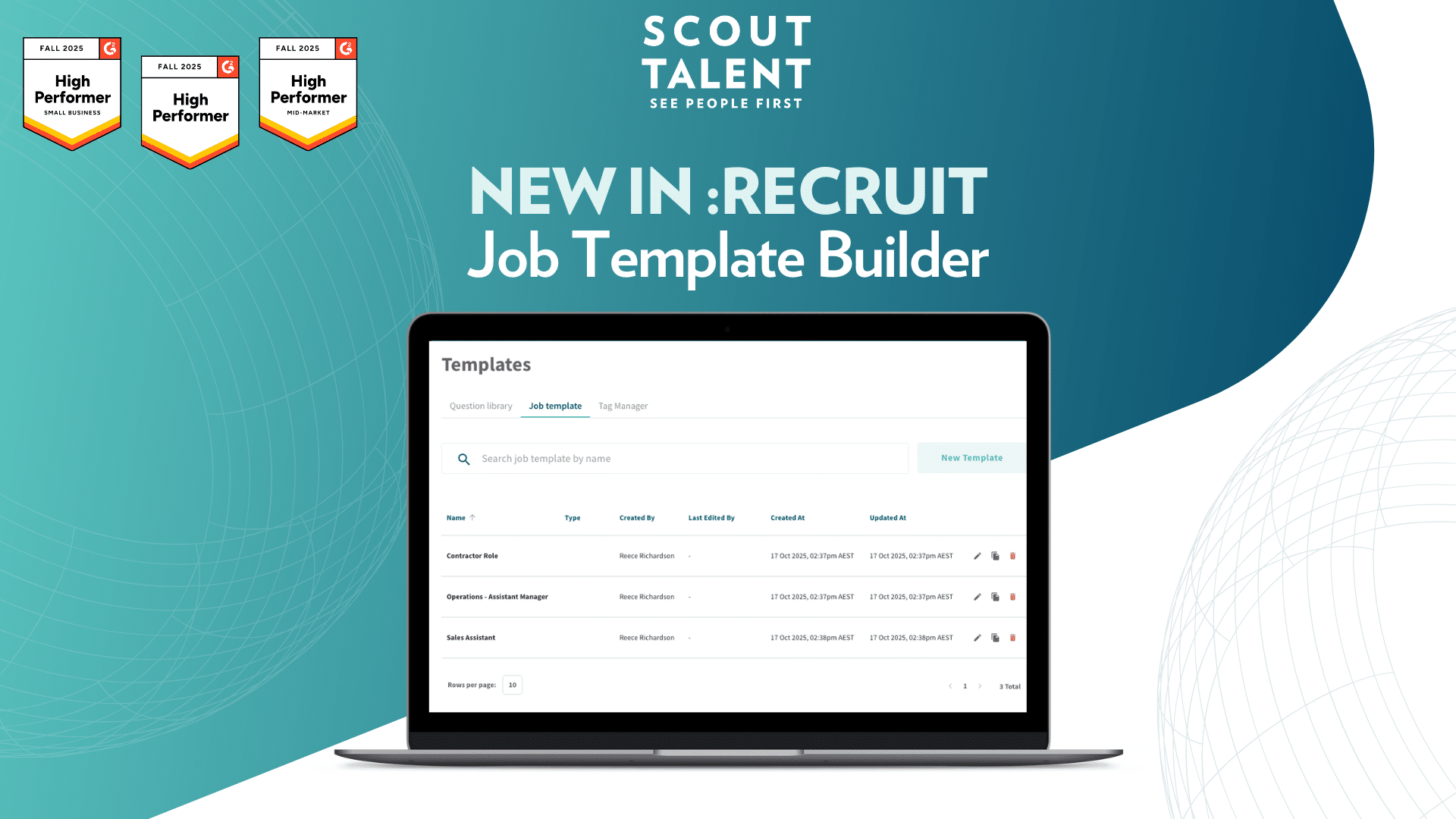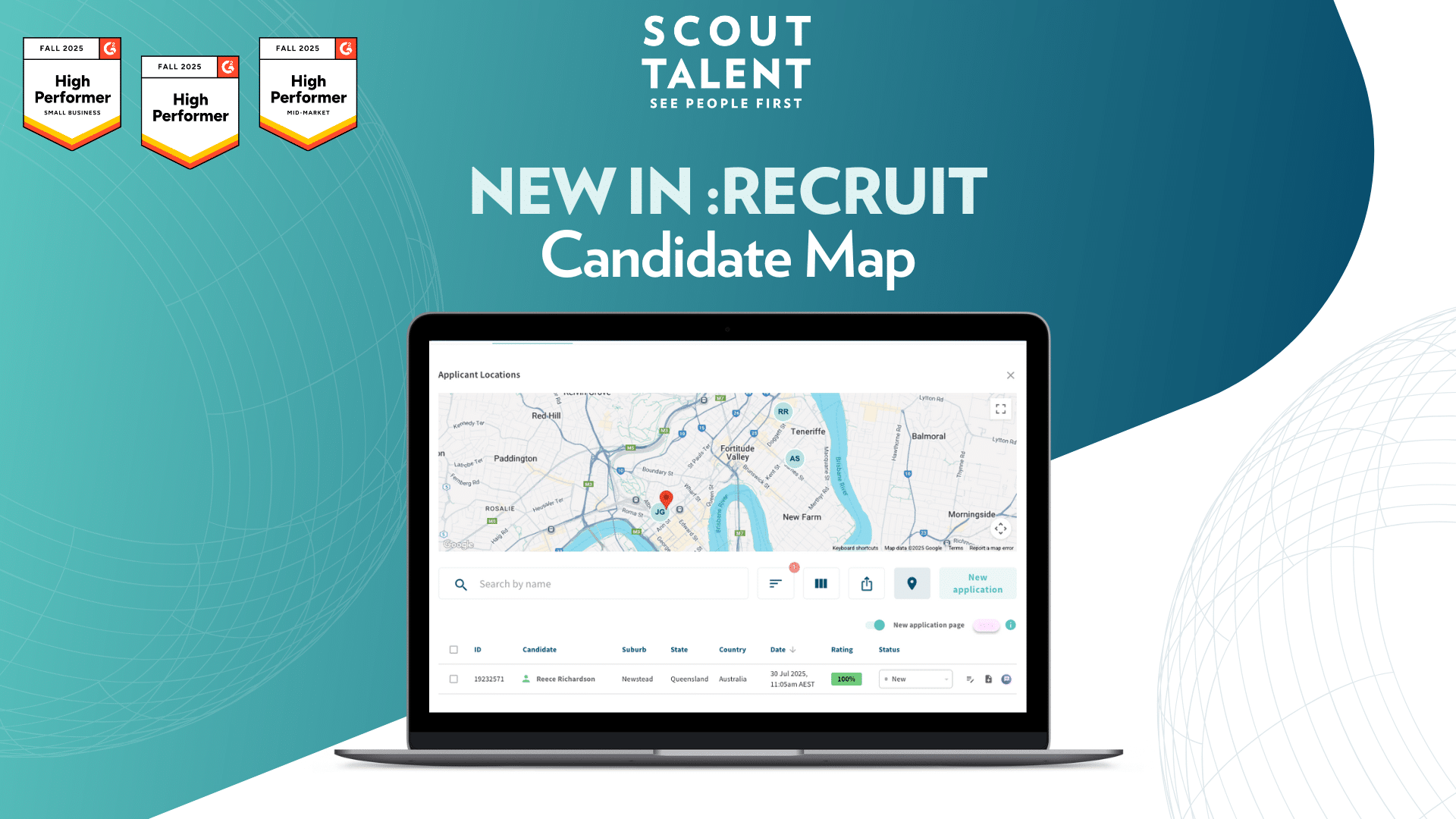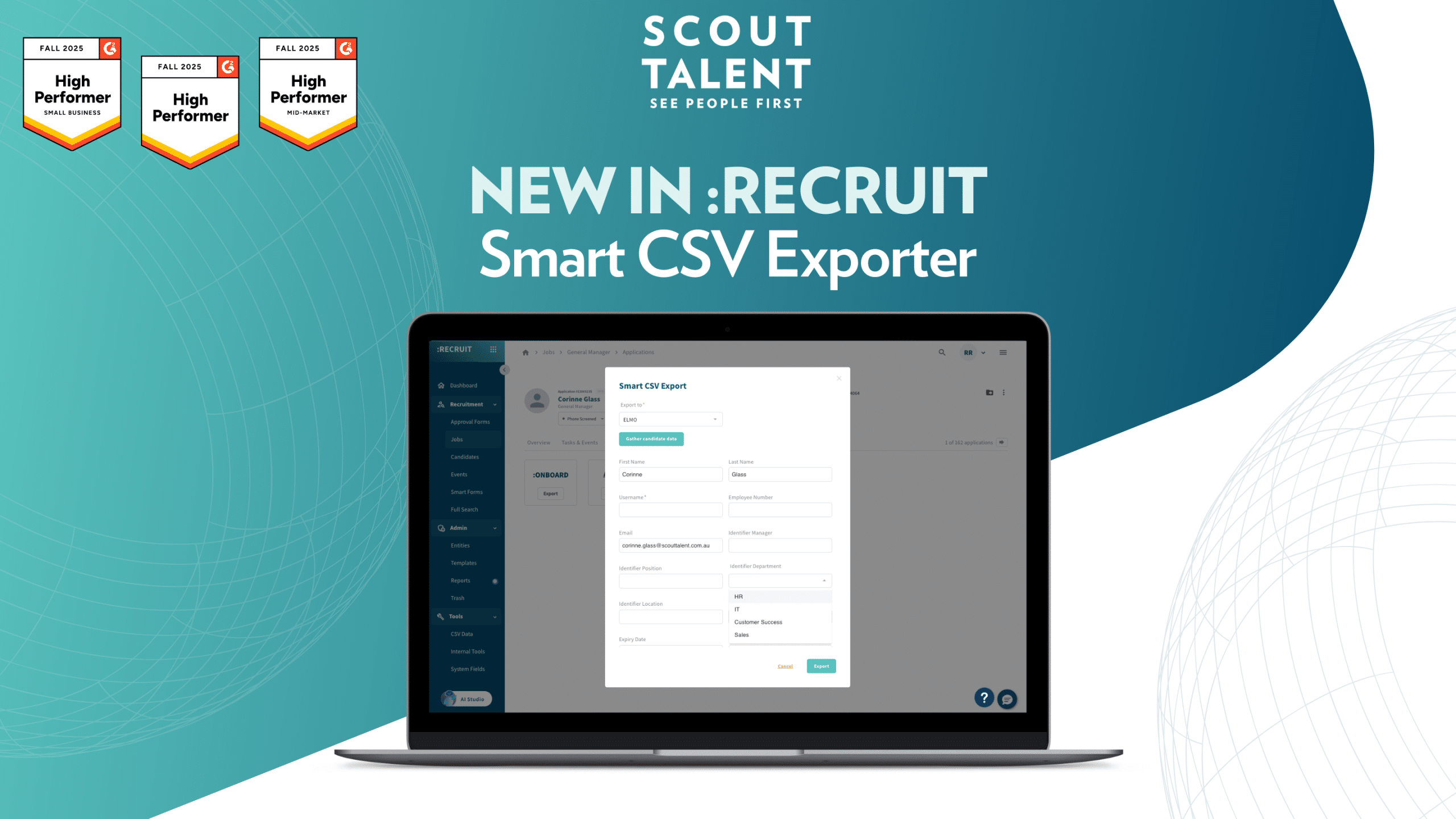Listen now
Construction, Retail, Mining, and countless other industries all have very stressed out recruiters, HR Professionals, and hiring managers working within them that are trying their best to overcome the significant challenge that is seasonal recruitment.
It’s always been a challenge to hire a large volume of new team members on a temporary basis and unfortunately, this year hasn’t exactly been kind to the pre-existing challenges within the world of recruitment.
What is seasonal recruitment?
Seasonal recruitment typically refers to hiring a large group of new employees quickly to work for a fixed period of time.
In the world of construction, many companies will typically ramp up their hiring in the summer months to meet the demands of the projects they’ve committed to. In the world of retail, the winters months from EOFY right through to the Christmas / January sales typically see a large spike in demand that requires a quick increase to headcount in order to manage.
Seasonal recruitment challenges
The largest challenges when it comes to seasonal recruitment are talent competitors taking all of the people that you wanted, not being able to meet the salary or hourly wage expectations of the candidate market, and interviewing and onboarding a large number of people quickly and at once.
The current climate has added a new challenge in the form of uncertainty, everyone is craving something solid and dependable right now which makes permanent jobs significantly more appealing than temporary roles. It’s certainly a tough time to be a recruiter looking for 100s of seasonal workers right now, but worry not, there are plenty of things that you can do to improve your chances of finding and securing the people that you’re looking for.
Solutions
If you’ve been in the seasonal recruitment game for a while then I’m going to assume you keep track of your seasonal workers after the season has ended. Hopefully, for ease, you’re storing them in an applicant tracking system but however it is that you’ve stored this information, the first thing you need to do is reach out to the top people from the previous year and offer them a job. No interview, no hoops, just a job and the details of it. If they’ve worked for you before and they were successful and good then you need to get the ball rolling and get them engaged.
The second thing that you need to get working on pretty quickly is setting up a referral scheme. Now given we’re talking about seasonal recruitment I can imagine budgets for a referral scheme aren’t high, but scrape together the dollars that you can and find something that works. As an example, if you’re looking for retail staff, a $50 Amazon voucher for staff that refers a new seasonal hire will work wonders. Once you’ve nailed out a referral scheme that will work for your target demographic it’s time to turn your attention back to those individuals from last year that you’ve already contacted. Offer them the referral scheme for any seasonal hired they bring to you. If they themselves are career seasonal workers they’re going to know other people like them that you yourself may never come across through more traditional recruitment methods.
Between both of these approaches, you’ll start to build up your pipeline of prospective candidates which is the name of the game when it comes to seasonal recruitment. If you’re newer to looking for seasonal hires and don’t have a pool of people from previous years to reach out to, this referral scheme should still be a cornerstone of your recruitment process. When someone applies for your role make sure the details of the referral scheme are in the automatic email that your new applicant receives. Do everything that you can to spread the message about your open vacancy.
Candidate attraction for seasonal workers
Ultimately, no successful recruitment campaign will be complete without some sort of candidate attraction plan.
If you’re an organisation with a heavy online footfall then you need a dedicated careers page, your regular consumers are already ambassadors of your brand and are engaged with you. An eye-catching careers section to your website might be all it takes to get them to apply for your role.
The retail giant, Target, is a great example of utilising a careers page to fill your seasonal recruitment needs. In 2019 the corporation announced it would need to bring on an extra 130,000 employees for its busier winter season, which is a massive undertaking. One of the ways it went about achieving this was creating a dedicated careers page for their seasonal positions only. Instead of having to sift through irrelevant permanent vacancies, candidates who were seeking seasonal work could very quickly find their way to an application form.
Speed and ease of access are essential for seasonal recruitment, and that’s something to take to heart for your whole recruitment process. If your application form doesn’t work on mobile you need to fix that. If your application form takes longer then 5 minutes to complete you’re likely missing out on candidates. If your interviews are at very rigid times in a specific location you are going to have people not showing up.
The world has adapted to the virtual so ensure that’s a part of your process when it comes to interviews. Interviews held over Skype or Zoom are much more candidate friendly and enable your prospective new hires the flexibility to potentially interview on their lunch break or in the car just outside of their current employment. Don’t hurt your efforts by forcing people, who likely aren’t overly engaged with the role, through an arduous and rigid recruitment process. Be flexible and keep things moving fast.
Dealing with your competitors
I mentioned talent competitors earlier. If you know who your competitors are for the candidates that you’re looking for then you should absolutely be employing headhunting as part of your recruitment process. LinkedIn and Indeed have great tools for reaching out to people who are currently employed, and when you need as many people as you can get you’d be remised not to avail of using these tools to target people working for your competitors. The one downside is that LinkedIn and Indeed can be expensive to use, but reaching out to a recruitment company like us here at Scout Talent, can help you get past that cost hurdle. As we use these tools all of the time we would be able to take care of the headhunting component of your search on your behalf.
Money matters
It would be unfair of me to not mention money. Money matters when it comes to recruitment and it matters most when we look at seasonal recruitment. If your hourly wage isn’t competitive then you need to find a way past that hurdle. You have to find something to offer candidates that will make them want to choose you over your competitors. If it isn’t financial gain you may need to be creative. Some mining companies that operate on a fly in and fly out basis will make their camp and amenities a key part of their advertisement, pushing it so that they seem more appealing than their competitors. Whatever you’ve got, use it, and make it a clear part of your job description. Make sure that your prospective candidates know about it. A perk or benefit isn’t helping your candidate attraction strategy if no one knows about it until they join your organisation.
Employer branding matters
Something to consider if you have a bit of time before your delving into your next round of seasonal Recruitment is your Employer Brand. A strong employer brand will put you in a position where people are eager to work with you even for just a short time in the hope that they may secure a full-time role out of it. A negative or weak Employer Brand will definitely hurt your ability to attract candidates. Very few candidates accept a job offer without googling a company first and if they don’t like what they see you may find fewer people accepting your offers. Do a check of your online presence and take into consideration what you look like on job reviewer sites like Glassdoor. In the short term clean up what you can by responding to negative reviews and controlling the narrative. In the long term, build a stronger online presence. Candidates are going to look, so make sure what they find is appealing and encourages them to want to work with you.
Seasonal recruitment is challenging and If anyone listening is struggling please do reach out. We have a range of services available here at Scout Talent that are supported by Recruitment experts. If you’re finding it challenging to build your talent pool for seasonal recruitment this year then we can help.
If you are currently struggling to keep track of your seasonal recruitment campaigns, we are currently running a special offer of $1800 worth of recruitment services completely free of charge when you sign up to Scout Talent :Recruit Essentials. For more information, please click below.
Find out more




